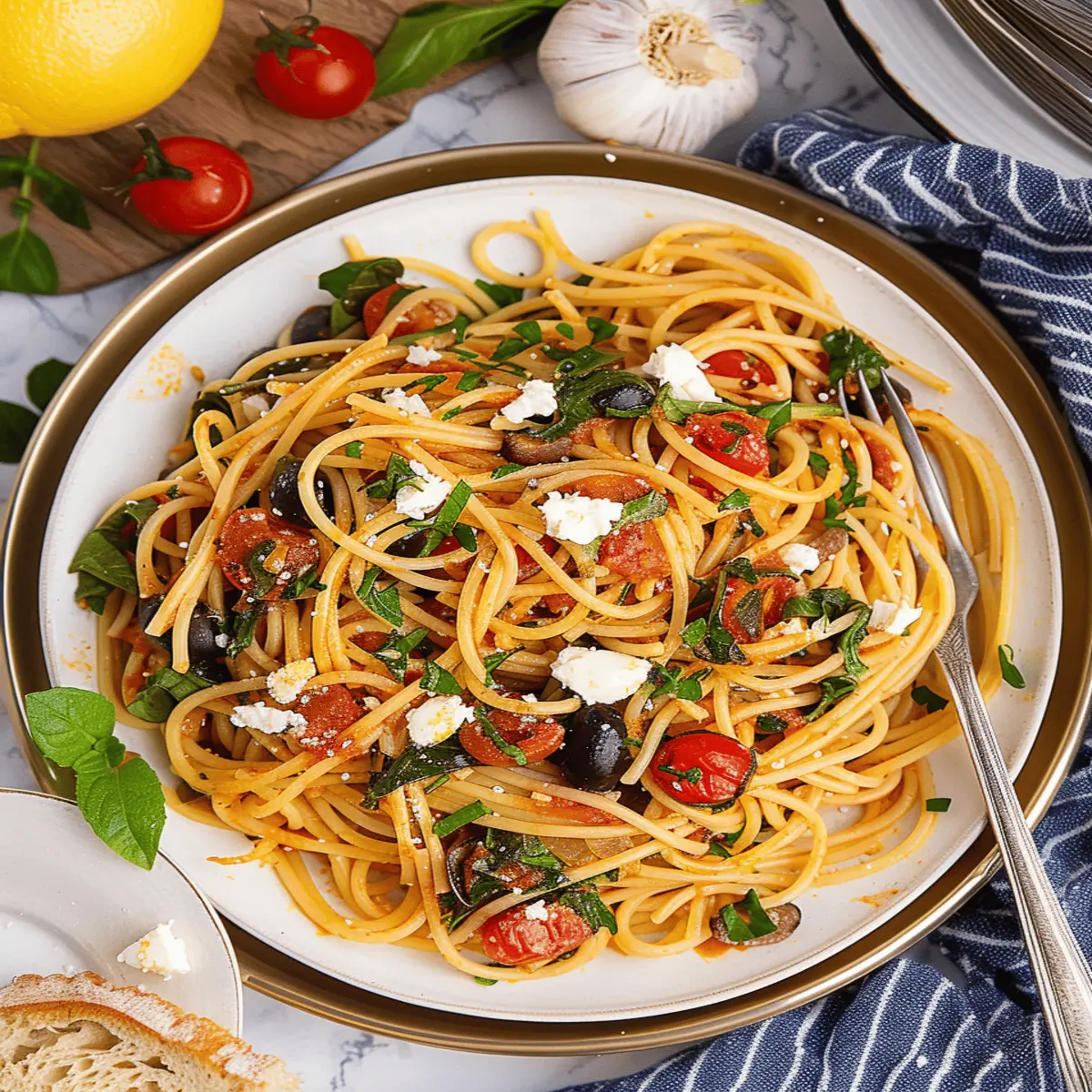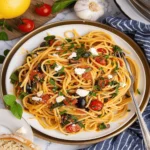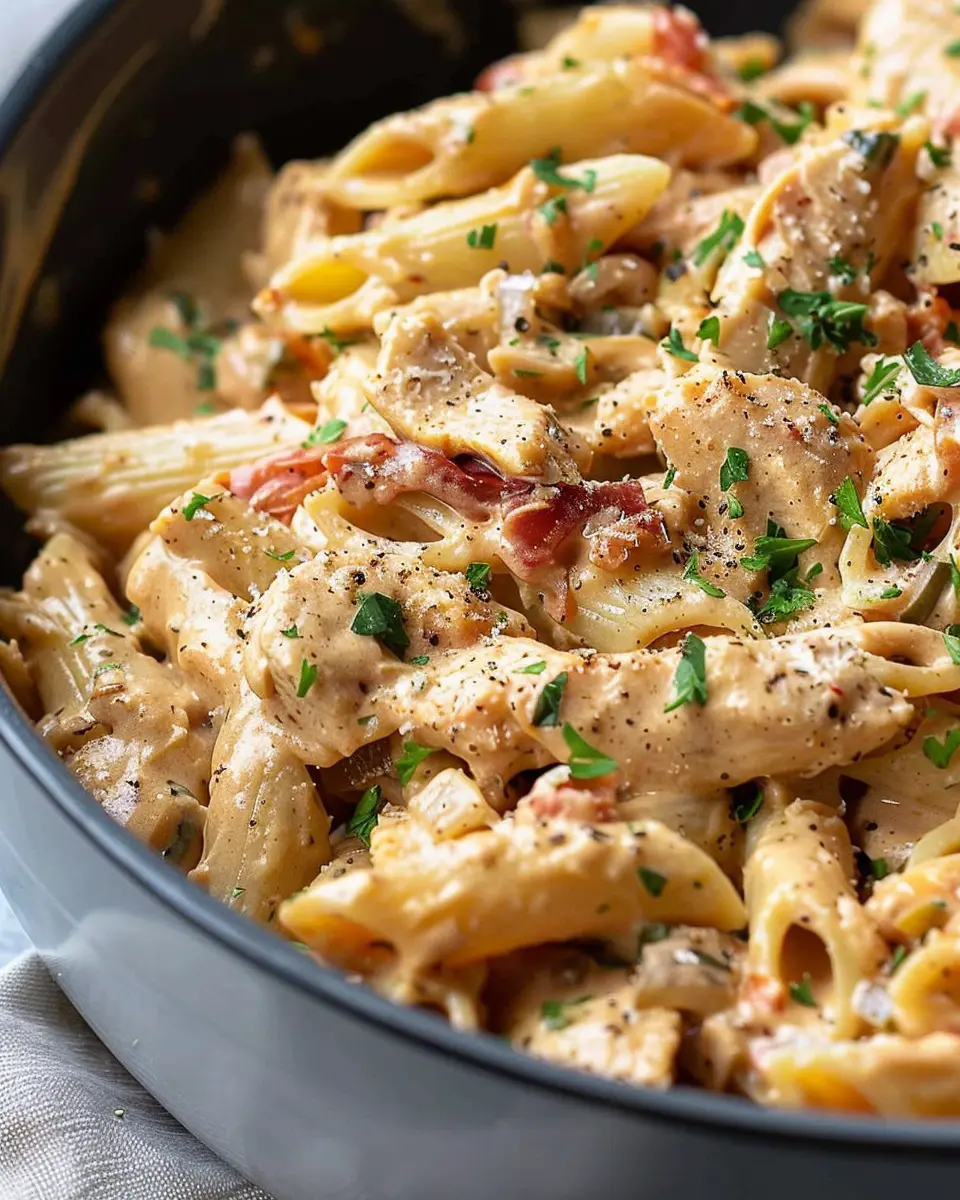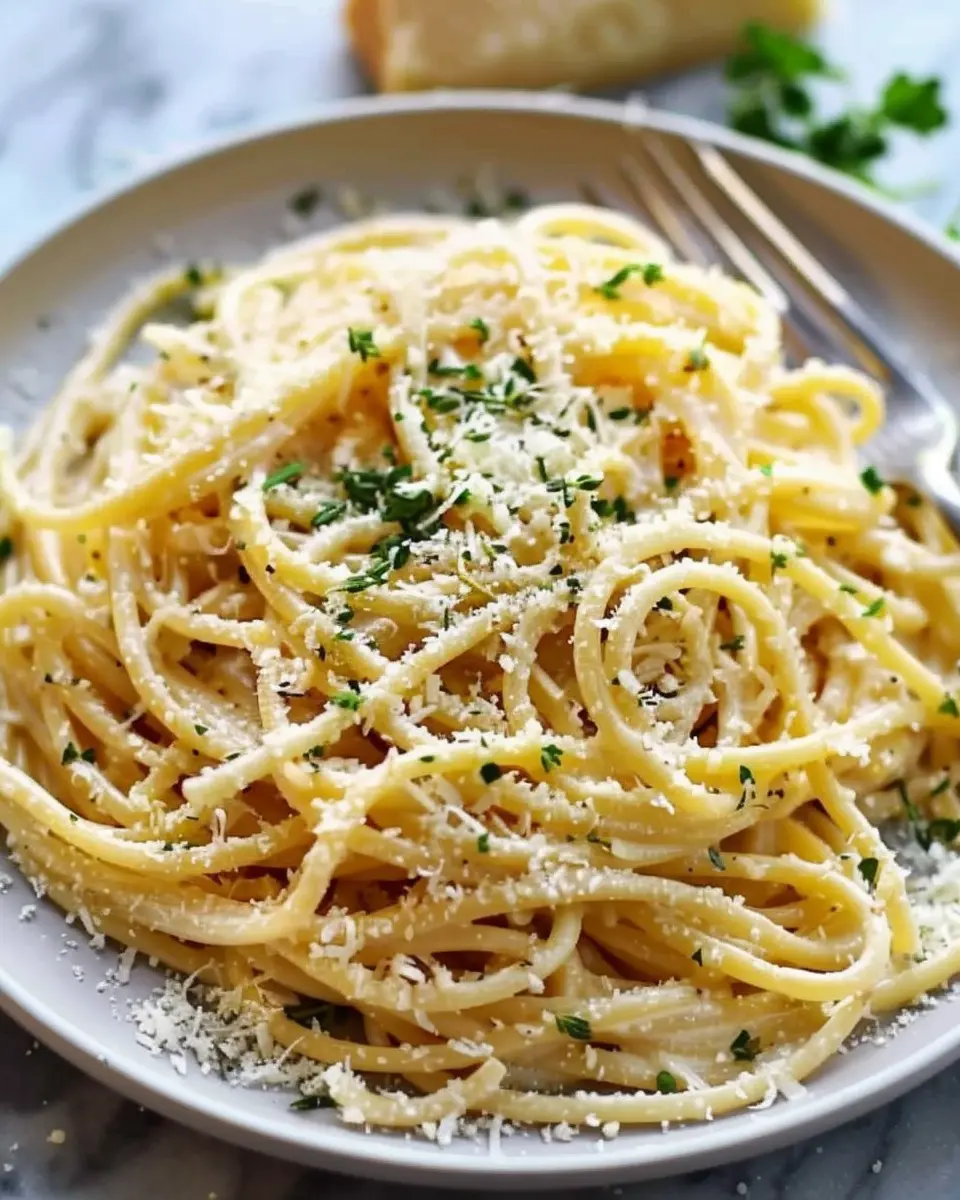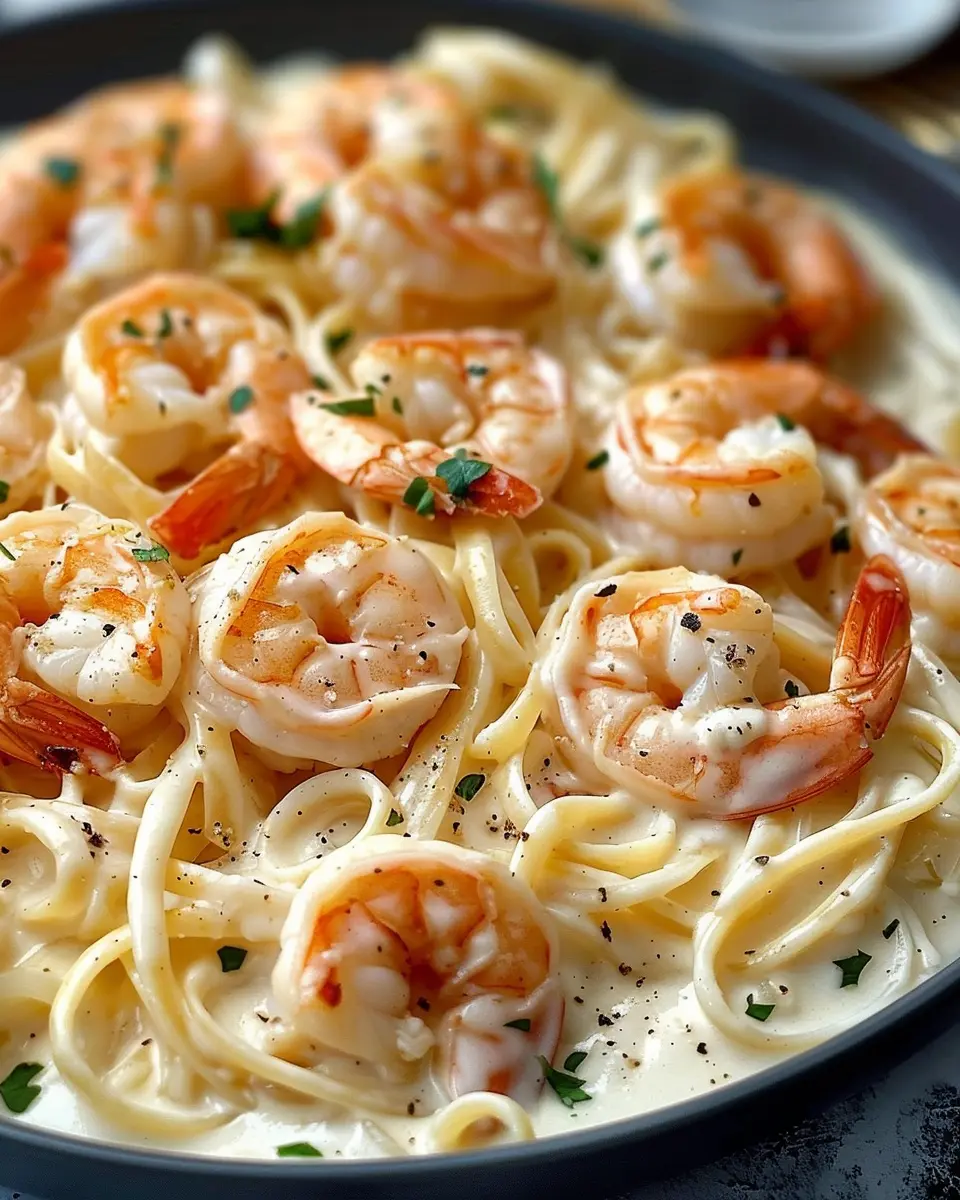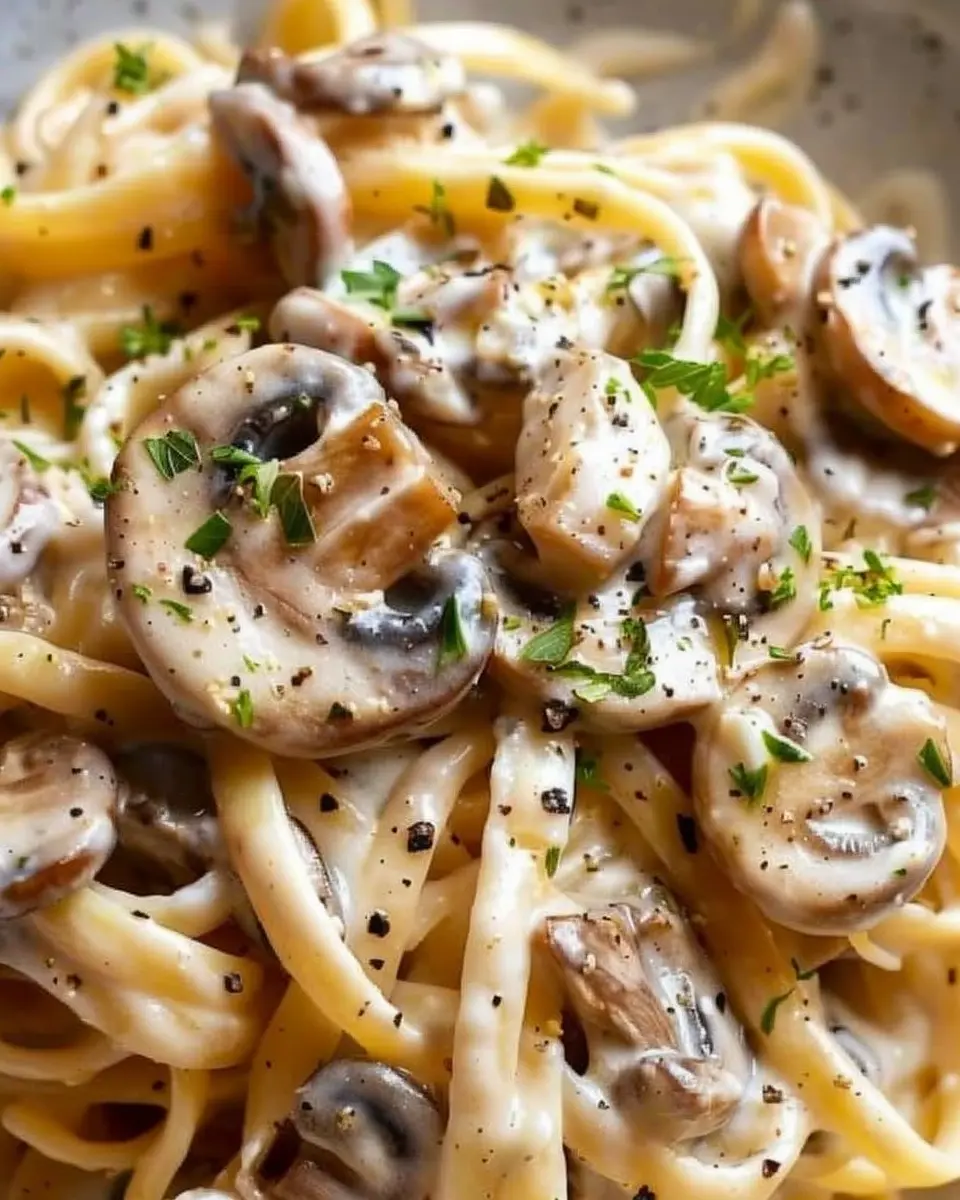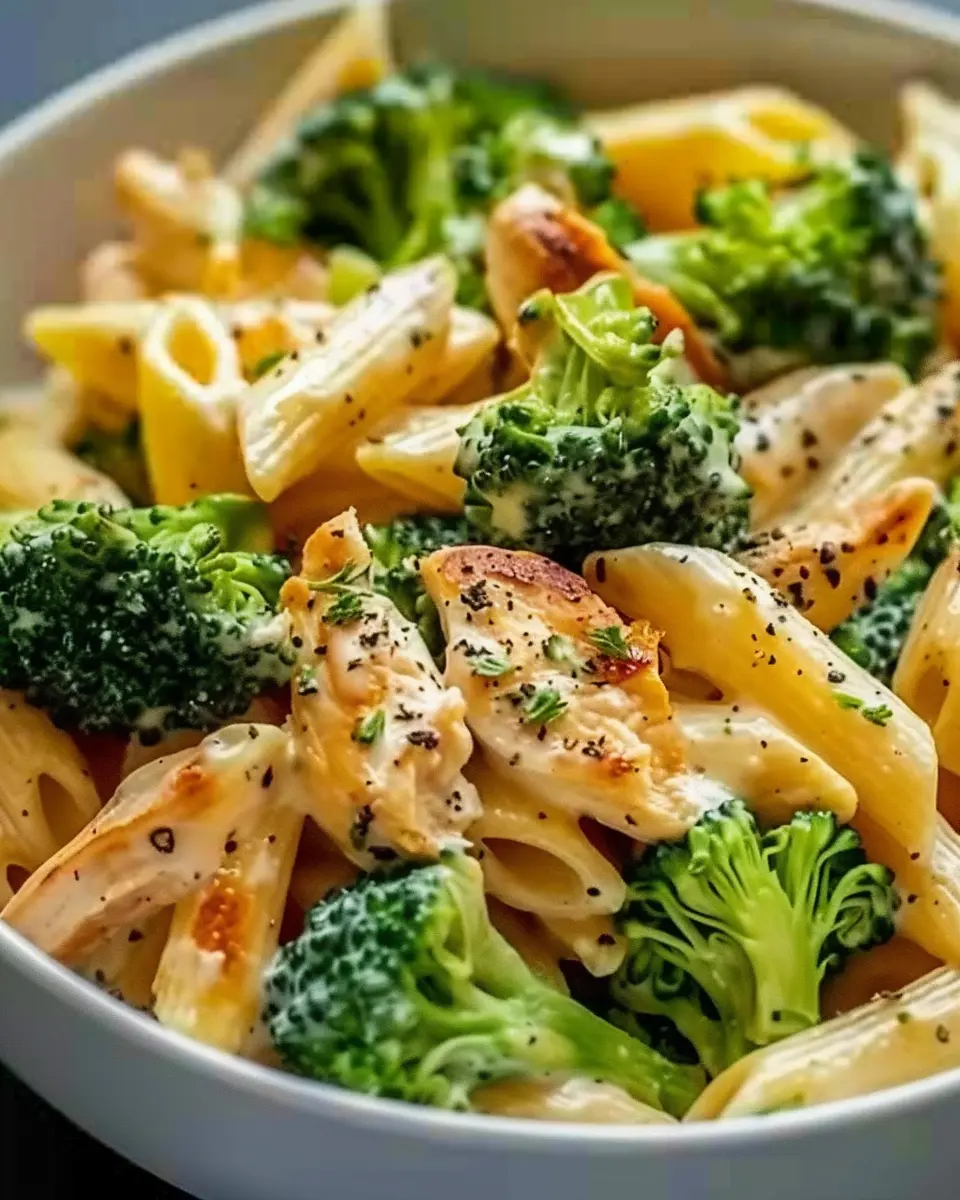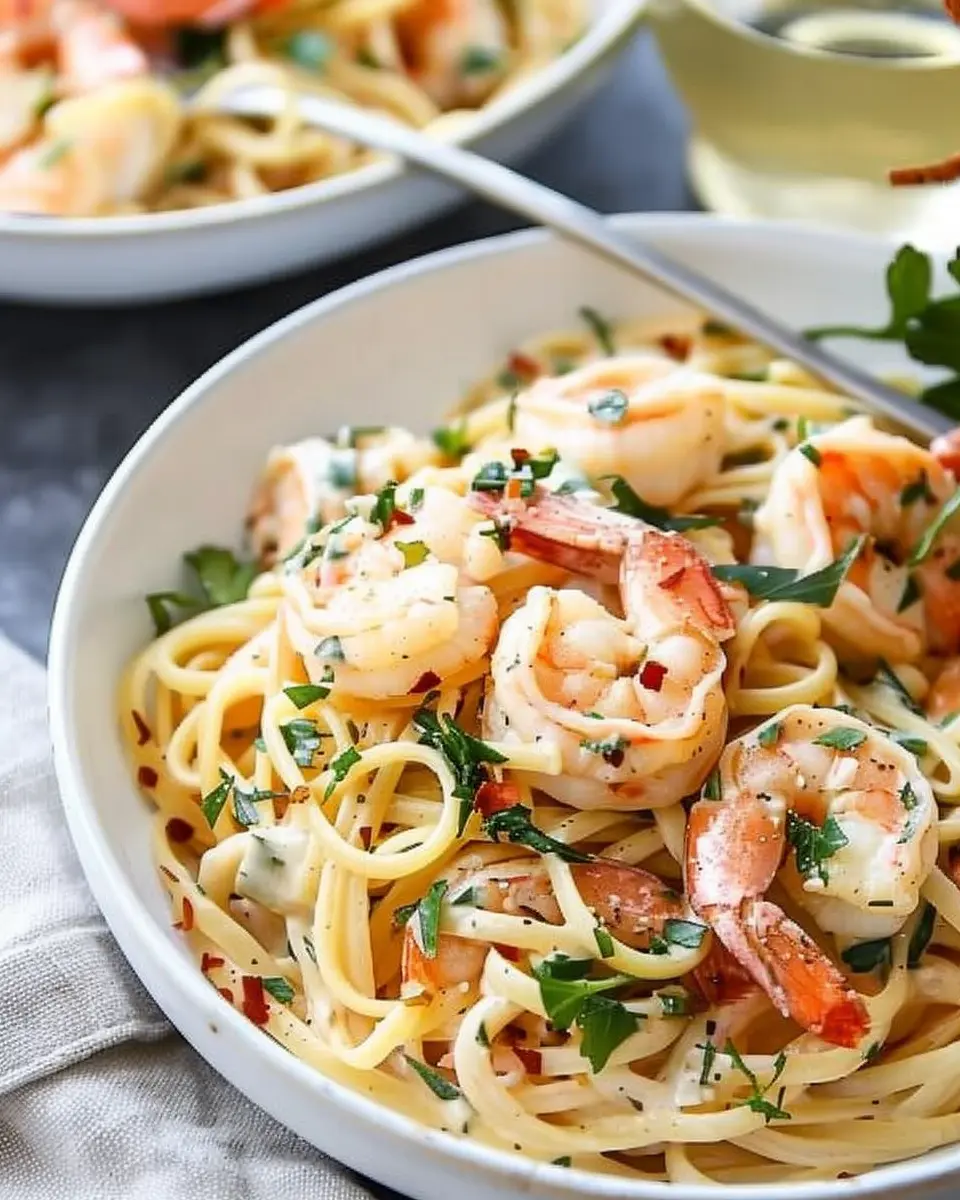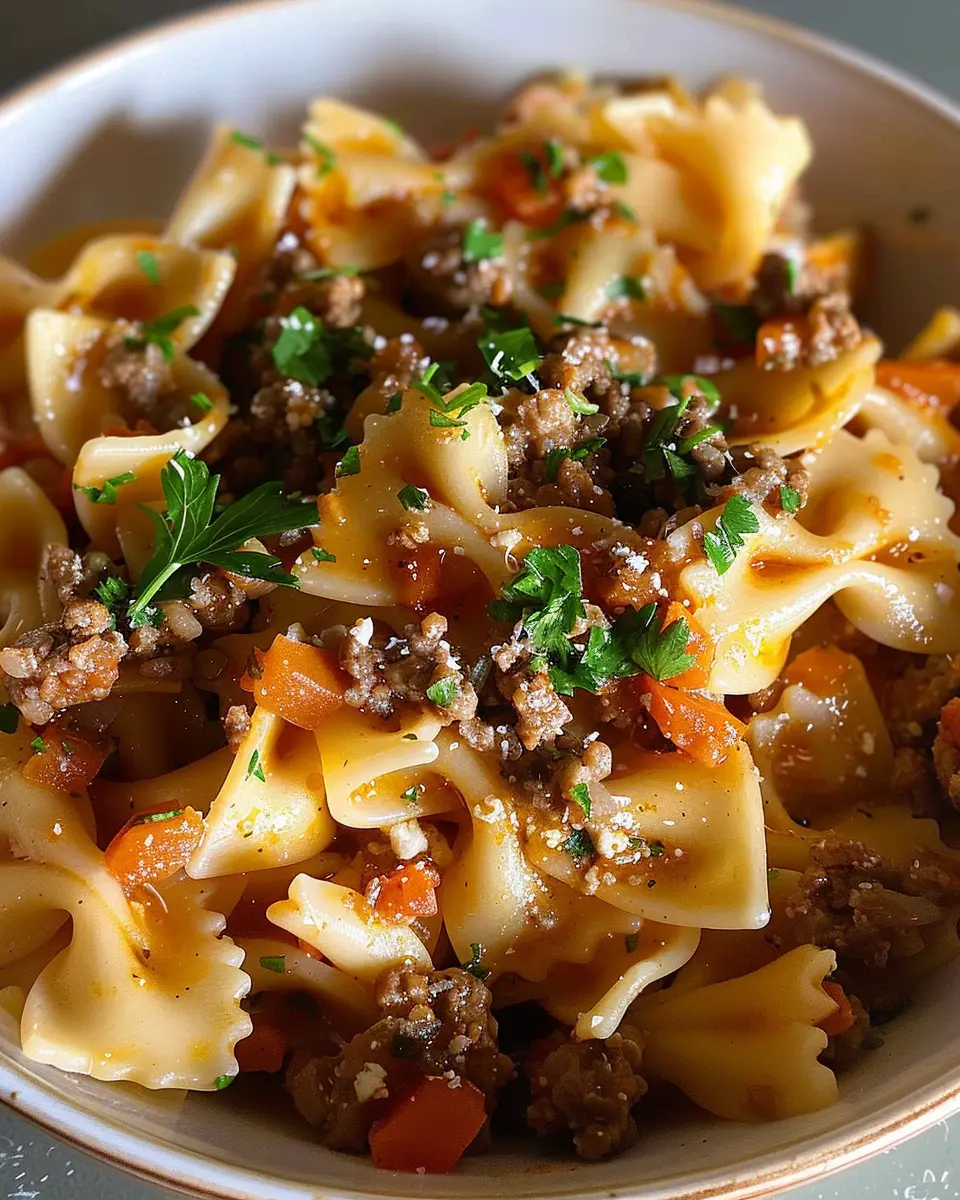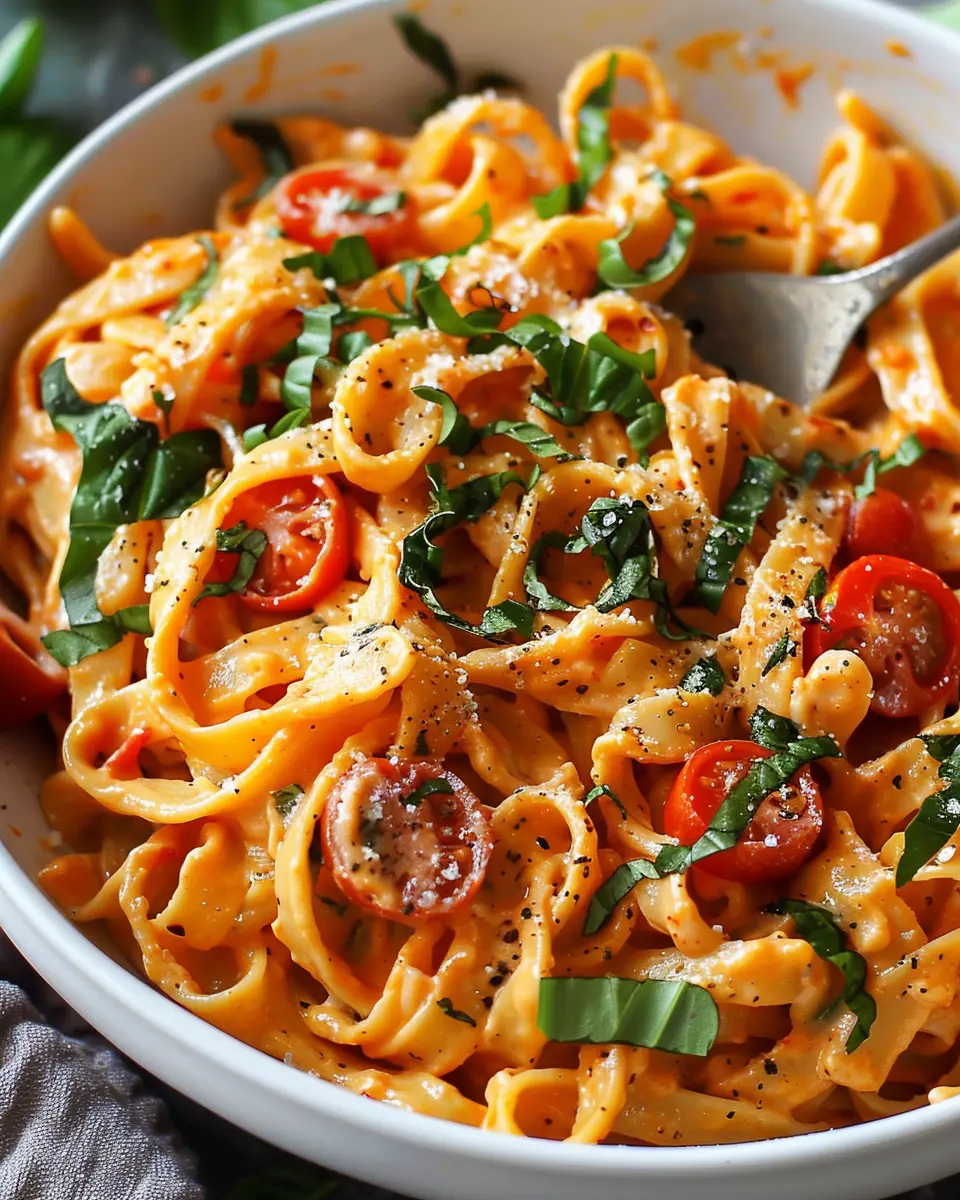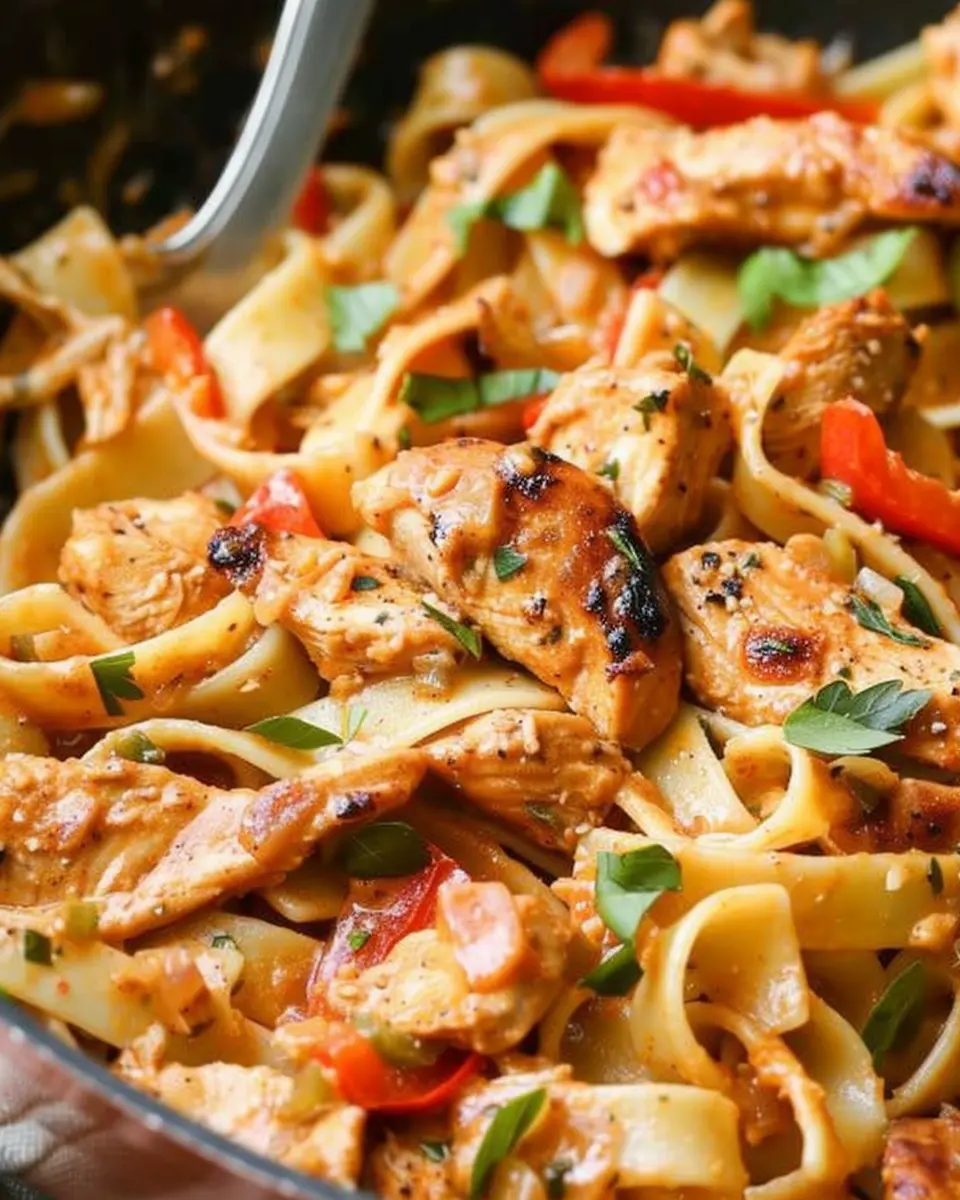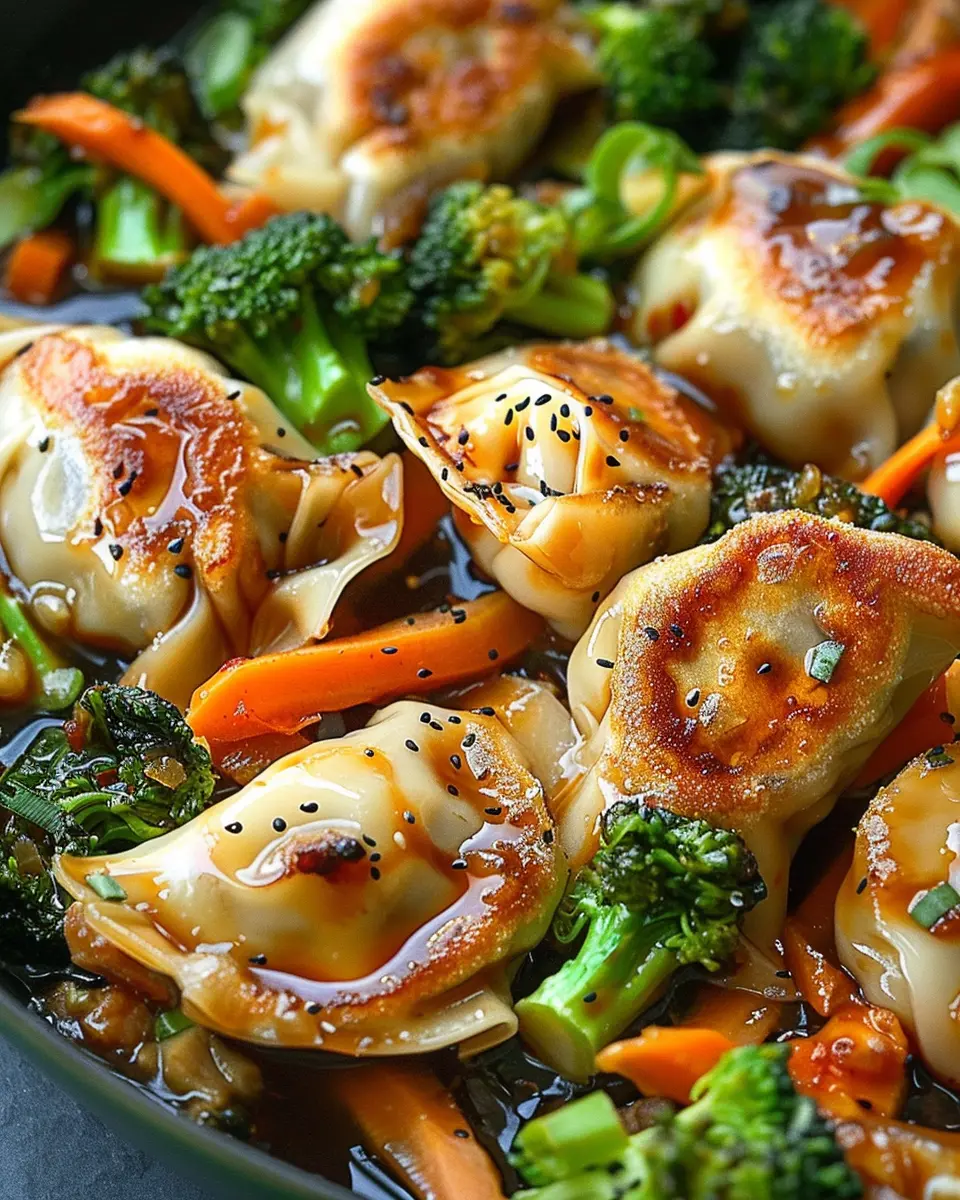Introduction to Greek Spaghetti
When it comes to weeknight dinners, finding the perfect balance between delicious and quick can be a challenge, right? Enter Greek spaghetti, a delightful twist on a classic that is not only easy to prepare but also bursting with flavor and Mediterranean flair. This dish is a game changer for home cooks who want to impress without spending hours in the kitchen.
Why Greek Spaghetti is a Game Changer for Home Cooks
Greek spaghetti stands out for a few key reasons:
-
Simplicity of Ingredients: This dish typically incorporates fresh vegetables, such as tomatoes, spinach, and bell peppers, combined with traditional Greek flavors like olives and feta cheese. These ingredients are often staples in most pantries, making it easy to whip up on a whim. You can check out more about these ingredients on EatingWell for their health benefits.
-
Diverse Flavor Profile: The combination of spices, herbs (think oregano and basil), and the tanginess of feta creates a symphony of taste that appeals to various palates. It’s a great way to introduce kids or picky eaters to new flavors without overwhelming them.
-
Adaptability: Whether you’re a meat lover, vegetarian, or even vegan, Greek spaghetti can be tailored to meet your dietary preferences. You can easily add grilled chicken, chickpeas, or even zucchini noodles. It’s empowering to experiment with your favorite foods—who doesn’t love to customize a meal?
From busy weeknights to laid-back weekends, this dish has all the makings of a family favorite. Plus, it’s a fantastic way to utilize leftover ingredients you might have lying around, reducing waste and saving time.
Have you ever wondered how the Mediterranean diet promotes health? Studies indicate that meals rich in vegetables and whole grains—which both of these spaghetti offers—can lead to enhanced heart health and longevity. For more information, check out Harvard Health.
In conclusion, Greek spaghetti is not just another pasta dish; it’s a delightful invitation into the world of Mediterranean cuisine. Get ready to explore bold yet balanced flavors that can be on your table in under 30 minutes!
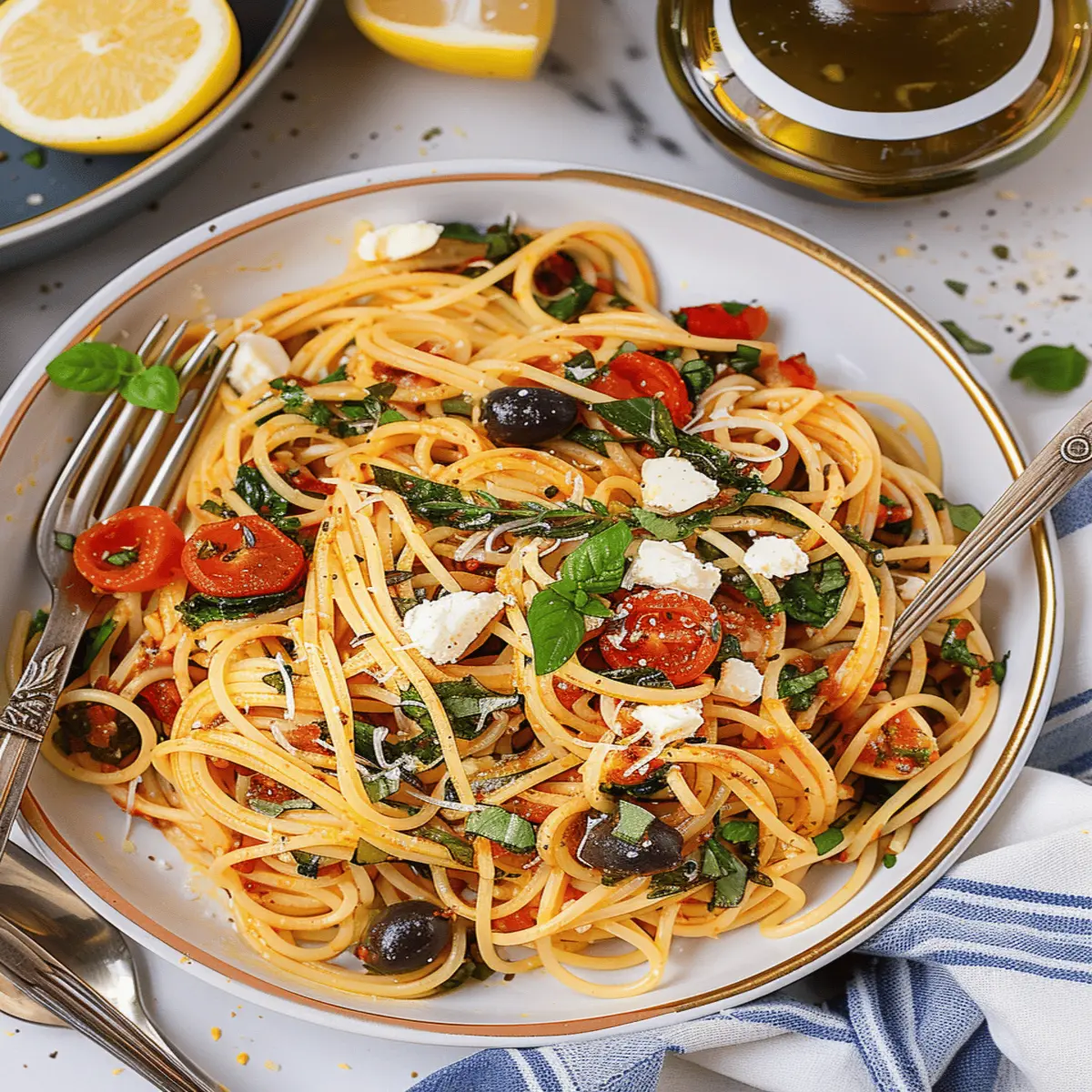
Ingredients for Greek Spaghetti
Essential Ingredients
Creating a delicious Greek spaghetti dish requires a handful of essential ingredients that are both fresh and flavorful. Here’s what you’ll need:
- Spaghetti: The classic choice for a base.
- Olive oil: Extra virgin for that aromatic richness.
- Garlic: Freshly minced, for a savory kick.
- Feta cheese: Crumbled, to bring that creamy, salty taste.
- Cherry tomatoes: Halved for a sweet burst.
- Kalamata olives: Pitted and sliced for authentic Greek flavor.
- Fresh herbs: A mix of basil and parsley really enhances the dish.
These ingredients come together beautifully, making your Greek spaghetti a delightful fusion of flavors.
Optional Add-Ins
Feel like personalizing your dish? Consider these optional add-ins to elevate your meal:
- Spinach or arugula: Toss in some greens for extra nutrition and color.
- Red onion: Thinly sliced, for a bit of bite.
- Chili flakes: If you enjoy a touch of heat, sprinkle these in.
Experimenting with these additions can help you find the perfect balance that suits your taste buds! If you’re curious about other Mediterranean dishes, check out resources from Mediterranean Living.
Step-by-Step Preparation of Greek Spaghetti
Preparing Greek spaghetti is not just about cooking; it’s about creating a delightful experience for you and whoever you share this meal with. It’s the perfect dish for a casual weeknight dinner or an impressive meal for friends. With a blend of fresh ingredients and aromatic herbs, you can whip up something that feels fancy while still being incredibly approachable. Let’s dive into each step!
Cook the Pasta
The most crucial element of any spaghetti dish is, of course, the pasta. Start by bringing a large pot of salted water to a roaring boil. The salt not only flavors the pasta but also raises the boiling point of the water, ensuring even cooking.
- Choose Your Pasta: Spaghetti or linguine works well, but feel free to experiment with whole wheat or gluten-free options!
- Cooking Time: Follow the package instructions but check for doneness a minute or two before the indicated time. You want it al dente—tender but with a slight bite.
Once cooked, reserve about a cup of the pasta water before draining. This starchy water is your key to achieving the perfect sauce consistency later.
Prepare the Greek-inspired Sauce
While your pasta is cooking, it’s time to prepare the sauce that will elevate your Greek spaghetti to new heights.
- Ingredients Needed:
- Fresh tomatoes or canned diced tomatoes
- Olive oil
- Garlic
- Red onion
- Kalamata olives
- Feta cheese
- Fresh parsley
- Oregano, basil, and a pinch of red pepper flakes for a bit of kick
In a large skillet, heat some olive oil over medium heat. Add chopped onion and garlic, sautéing until softened and fragrant. Incorporating fresh ingredients like romaine tomatoes or good-quality canned tomatoes can greatly influence the flavor, as they provide acidity and sweetness. After about 3-4 minutes, add the olives and spices and let them mingle for a couple of minutes. Adjust seasoning with salt and pepper to taste.
Combine Components
Now it’s time for the fun part—combining all the cooking elements into a cohesive dish.
- Toss the Pasta: In the skillet, add the drained pasta to the sauce, stirring gently to coat everything evenly.
- Add Pasta Water: If the sauce seems too thick, gradually add some reserved pasta water until it reaches your desired consistency.
For an extra touch of flavor, crumble your feta cheese over the top, allowing it to melt slightly into the warm pasta. The saltiness of the feta blends beautifully with the sweetness of the tomatoes, creating a harmonious balance.
Finish with the Right Touches
At this point, you should have a stunning bowl of Greek spaghetti. To really elevate it, consider adding:
- A sprinkle of fresh parsley
- A dash of lemon juice for brightness
- Extra feta on top for a more pronounced flavor
These finishing touches not only enhance the taste but also elevate the presentation, making the dish look as good as it tastes.
Plating the Dish
Now the final act—plating.
- Create a Nest: Use tongs to twirl a portion of spaghetti into a nest on individual plates.
- Garnish: Top with a sprinkle of fresh parsley and a wedge of lemon on the side for a pop of color and a fresh scent.
Serve immediately to enjoy the dish at its finest. You can pair your Greek spaghetti with a simple side salad and a glass of white wine for an unforgettable dining experience.
Cooking should bring joy, and I hope this step-by-step guide helps you create a delightful meal that will impress not just yourself but everyone who shares it with you! Remember, great food is all about using fresh ingredients and a little bit of love. Happy cooking!
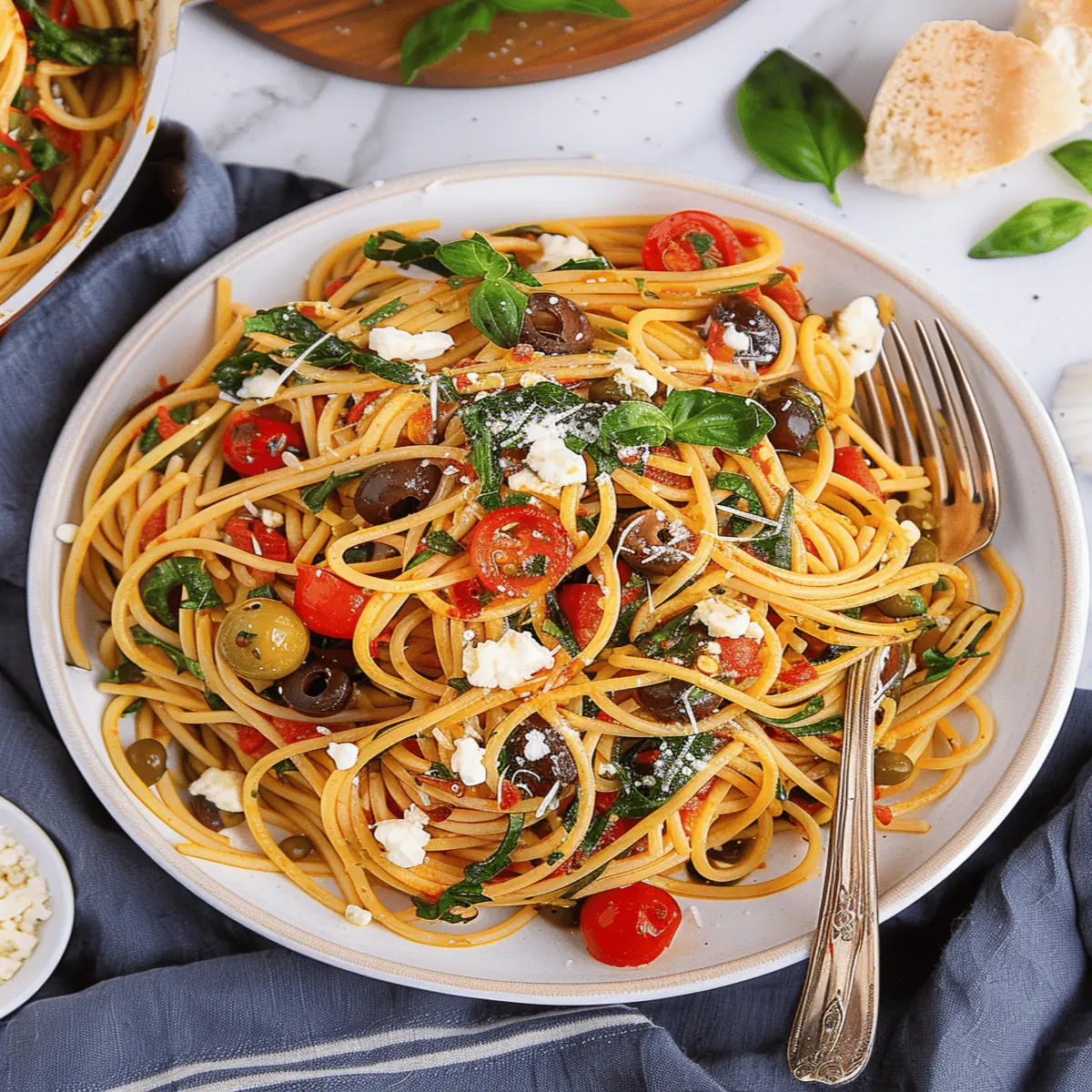
Variations on Greek Spaghetti
When it comes to Greek spaghetti, versatility is the name of the game. You can create countless variations to suit your taste and dietary preferences. Let’s dive into a few delightful options that you can whip up with ease!
Wholesome Vegetarian Greek Spaghetti
For a meat-free twist, try this vegetarian Greek spaghetti. Start by sautéing fresh vegetables like bell peppers, zucchini, and spinach in olive oil. Add minced garlic for that irresistible Mediterranean flair. Toss in some Kalamata olives and crumbled feta cheese just before serving to give your dish a wonderful salty contrast. You can even sprinkle some fresh parsley for an extra burst of flavor. This recipe is an excellent source of fiber and antioxidants—perfect for a light and nutritious weeknight meal.
Protein-Packed Greek Spaghetti
If you’re looking to amp up the protein in your meal, consider adding grilled chicken or shrimp to your Greek spaghetti. Marinate your protein of choice in lemon juice, oregano, and garlic for an hour before grilling. Once your pasta is cooked, combine it with the protein, cherry tomatoes, and olives, and finish with a drizzle of tzatziki sauce. This variation not only satisfies hunger but is also a great option for post-workout recovery, combining carbohydrates and lean protein.
Mediterranean Greek Spaghetti
For a more adventurous palate, embrace the flavors of the Mediterranean! You can infuse your Greek spaghetti with sun-dried tomatoes, artichokes, and capers. Toss in some fresh basil or arugula before serving to bring a fresh note to the dish. Each bite transports you to a sun-soaked terrace, and the combination of flavors is sure to delight your guests—or yourself, on a cozy night in.
There you have it, a selection that demonstrates just how easy it is to customize your Greek spaghetti to suit your cravings and dietary needs! For more insights on healthy cooking and ingredient substitutions, check out Harvard Health or Nutrition.gov for expert tips. Enjoy your culinary adventure!
Cooking Tips and Notes for Greek Spaghetti
Ingredient Substitutions
If you’re looking to customize your Greek spaghetti, you have plenty of options. Here are some easy substitutions:
- Feta Alternatives: If you’re not a fan of feta cheese, try crumbled goat cheese or even ricotta for a milder taste.
- Pasta Variations: Whole wheat spaghetti or gluten-free pasta can make your dish healthier without sacrificing taste.
- Vegetable Swaps: You can use zucchini or eggplant instead of bell peppers to switch up the texture and flavor profile.
Enhancing Flavors
To elevate your Greek spaghetti, think about these flavor boosters:
- Use Fresh Herbs: Adding fresh dill or basil at the end can brighten the dish instantly.
- Zest It Up: A bit of lemon zest can add a refreshing zing that enhances the overall flavor.
- Quality Olives: Investing in good-quality Kalamata olives will make a world of difference; they deliver a savory kick that’s hard to resist.
These tips will help you nail your Greek spaghetti dish every time. Remember, cooking is about experimenting, so feel free to mix things up as you find what works best for you! For even more Italian-inspired tips, check out Serious Eats.
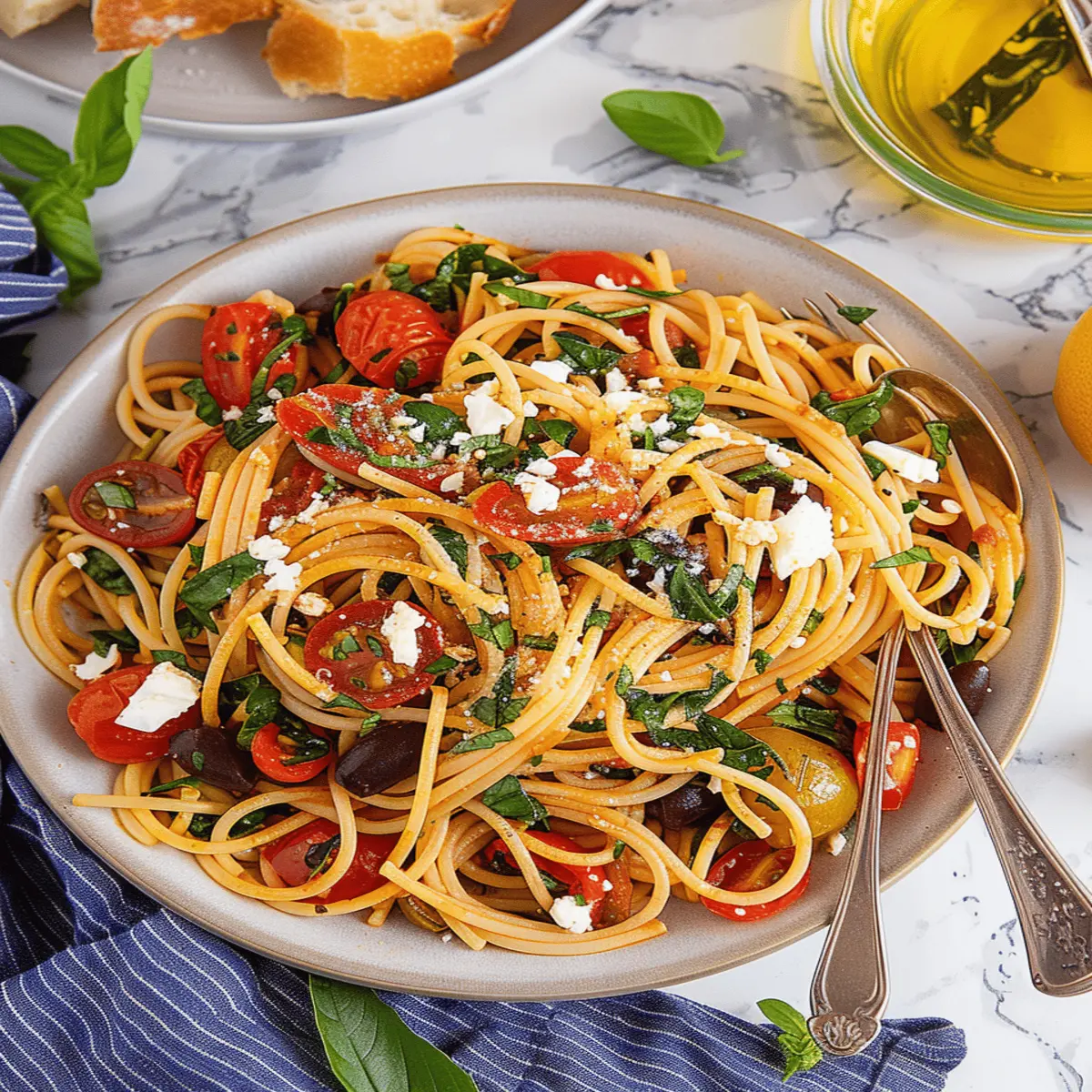
Serving Suggestions for Greek Spaghetti
Best Sides to Pair
When you’re enjoying a delicious plate of Greek spaghetti, you might wonder what to serve alongside it. A light and refreshing Greek salad is a fantastic choice. The crisp cucumbers and tangy feta complement the flavors of your pasta perfectly. You could also opt for warm pita bread and a side of tzatziki, which adds a creamy texture that pairs well with the dish. If you’re looking for something a little heartier, roasted vegetables drizzled with olive oil make for a colorful and nutritious side.
Garnishes to Elevate
Ready to take your Greek spaghetti to the next level? Consider garnishing with fresh herbs like parsley or dill for a burst of color and flavor. A sprinkle of toasted pine nuts can add a delightful crunch, while a few olives can bring a briny punch that elevates every bite. Finally, don’t shy away from a drizzle of good-quality olive oil or a squeeze of fresh lemon juice right before serving—these small touches make a world of difference!
For more inspiration, check out this Greek cuisine guide that showcases various serving styles!
Time Breakdown for Greek Spaghetti
Preparation Time
For the Greek spaghetti, you’ll want to set aside about 15 minutes for preparation. This includes gathering your ingredients, chopping fresh veggies, and measuring out spices. It’s a great opportunity to enjoy your favorite playlist or podcast while you work.
Cooking Time
The cooking process takes approximately 20-25 minutes. This includes the time it takes to boil the pasta and sauté the flavorful ingredients. Plus, you’ll have just enough time to catch a quick episode of your favorite series while keeping an eye on the pot!
Total Time
In total, expect to spend around 35-40 minutes from start to finish. This is perfect for a weeknight dinner when you’re craving something delicious yet simple. If you want to make it a little more special, consider serving a side salad or some garlic bread. For more pasta inspiration, check out detailed cooking tips from The Kitchn or Serious Eats. Happy cooking!
Nutritional Facts for Greek Spaghetti
Calories
When you indulge in a delicious serving of Greek spaghetti, you’re looking at around 350 calories per plate. It’s a satisfying meal that won’t leave you feeling overly stuffed, making it perfect for a weekday dinner!
Macronutrient Breakdown
This dish typically boasts a balanced macronutrient profile:
- Carbohydrates: Approximately 55g
- Proteins: About 12g
- Fats: Roughly 10g
These numbers can vary based on ingredients, such as olive oil and cheese. For a deeper dive into nutrition, check out the USDA FoodData Central for more insights.
Fiber Content
One of the benefits of Greek spaghetti is its fiber content, which usually hovers around 6g per serving. This fiber plays a crucial role in digestion and helps you feel fuller for longer. If you’re looking to up your fiber intake, consider adding more veggies or legumes to your dish for an extra nutritional boost!
FAQs about Greek Spaghetti
Can Greek Spaghetti be made ahead of time?
Absolutely! Greek spaghetti is a fantastic make-ahead dish. You can prepare the noodles and sauce separately and combine them just before serving. This makes it ideal for meal preps or impromptu gatherings. By storing each component in airtight containers in the fridge, you’ll keep everything fresh. The flavors from the sauce will meld beautifully overnight, making each bite even more delicious.
What’s the best way to reheat Greek Spaghetti?
Reheating is a breeze! You can use either a microwave or the stovetop:
-
Microwave: Place your Greek spaghetti in a microwave-safe bowl, sprinkle a little water or olive oil on top to prevent drying, cover it with a damp paper towel, and heat in 30-second intervals until warm.
-
Stovetop: In a saucepan over low heat, add a splash of olive oil or a bit of reserved pasta water. Stir frequently to ensure even heating.
This method keeps your spaghetti from getting too dry while enhancing the flavors. Just be sure not to rush it—good things take time!
How can I customize Greek Spaghetti for dietary restrictions?
Customization is where the magic happens! Want to make it vegan? Just swap out the feta cheese for a plant-based alternative or omit it altogether. Gluten-free? Use your favorite gluten-free pasta instead.
Here are more ways to cater to specific diets:
- Low-carb: Spiralize zucchinis for a veggie twist.
- Paleo: Substitute whole wheat pasta with spaghetti squash.
By making these simple adjustments, you can enjoy your Greek spaghetti without compromising your dietary needs. And for ingredient inspiration, check out The Leaf for healthy swaps and ideas!
With these tips, your Greek spaghetti will not only fit your lifestyle but also impress everyone at the table!
Conclusion on Greek Spaghetti
The Joy of Making Greek Spaghetti at Home
Creating Greek spaghetti in your own kitchen is more than just preparing a meal; it’s a delightful culinary adventure. With fresh ingredients and simple techniques, you can recreate the vibrant flavors of Greece in no time. Imagine the aroma of sautéing garlic and herbs filling your home, making your belly rumble with excitement.
Not only is it satisfying to enjoy your own wholesome dish, but sharing it with friends can also turn a regular dinner into a memorable gathering. Plus, experimenting with variations means there’s always room for creativity. For tips on sourcing high-quality ingredients, check out the Slow Food Foundation for inspiration. Dive into this flavorful journey, and savor each bite of your homemade Greek spaghetti.
PrintGreek Spaghetti: The Easy, Flavor-Packed Dinner You’ll Love
A delicious and easy Greek spaghetti recipe with fresh ingredients and vibrant flavors.
- Prep Time: 10 minutes
- Cook Time: 20 minutes
- Total Time: 30 minutes
- Yield: 4 servings
- Category: Pasta
- Method: Stovetop
- Cuisine: Greek
- Diet: Vegetarian
Ingredients
- 8 ounces spaghetti
- 2 tablespoons olive oil
- 1 onion, chopped
- 3 cloves garlic, minced
- 1 can (14 ounces) diced tomatoes
- 1 teaspoon oregano
- 1/2 teaspoon red pepper flakes
- 1/2 cup feta cheese, crumbled
- 1/4 cup olives, sliced
- 2 tablespoons fresh parsley, chopped
Instructions
- Cook spaghetti according to package instructions. Drain and set aside.
- In a large skillet, heat olive oil over medium heat. Add onion and garlic, sauté until soft.
- Add diced tomatoes, oregano, and red pepper flakes. Simmer for 10 minutes.
- Stir in cooked spaghetti, feta cheese, olives, and parsley. Mix well to combine.
- Serve immediately and enjoy!
Notes
- For added protein, consider adding grilled chicken or shrimp.
- This dish pairs well with a fresh salad.
Nutrition
- Serving Size: 1 plate
- Calories: 350
- Sugar: 4g
- Sodium: 800mg
- Fat: 12g
- Saturated Fat: 3g
- Unsaturated Fat: 7g
- Trans Fat: 0g
- Carbohydrates: 50g
- Fiber: 3g
- Protein: 10g
- Cholesterol: 15mg

